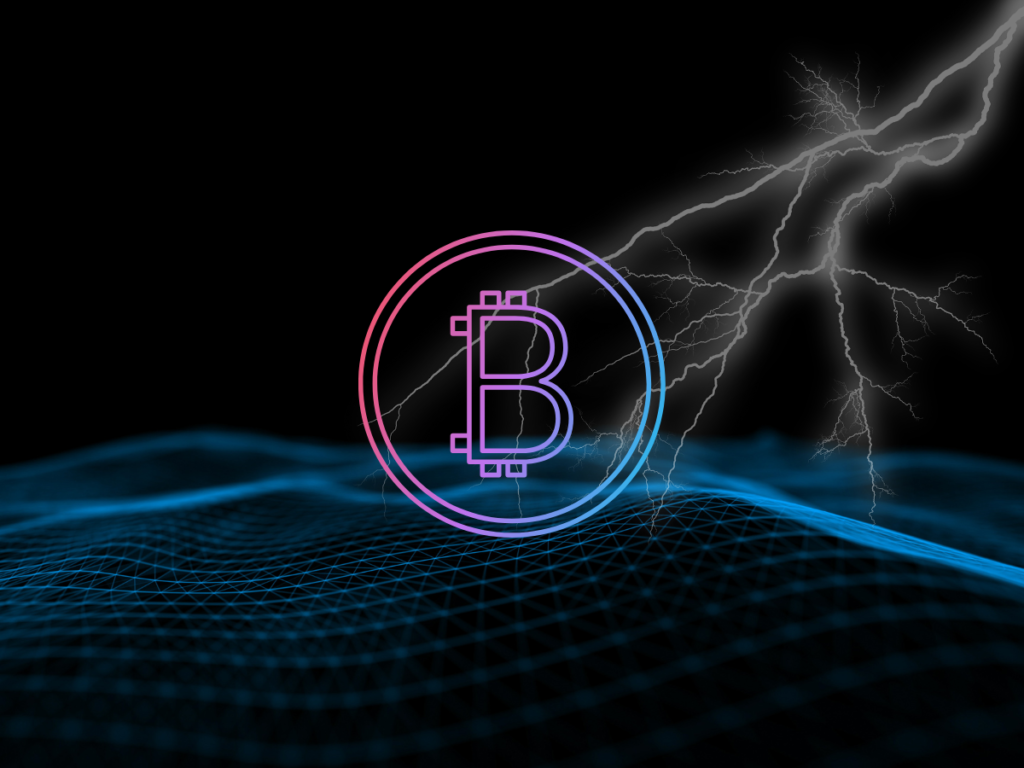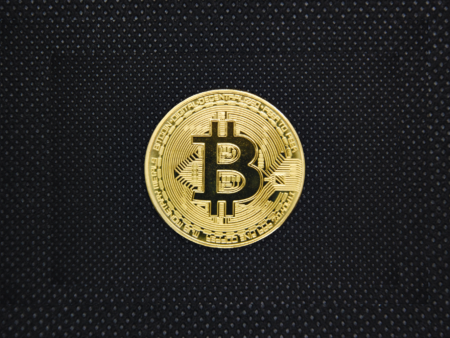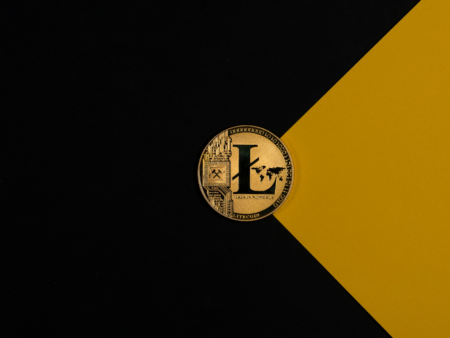Discover the evolving landscape of the Lightning Network, a layer-2 Bitcoin solution for rapid micropayments.
This article examines the condition of the Lightning Network, a layer-2 Bitcoin network that intends to provide quick and inexpensive micropayments. While this layer-2 is organically expanding, albeit slowly, we are starting to notice certain significant obstacles that must be overcome in order for widespread acceptance to occur. This is the arena where the game to determine the foreseeable future of the Lightning Network is being played among challenges and opportunity.
The state of the Bitcoin Lightning Network at the moment
The layer-2 network of Bitcoin, known as the Lightning Network, leverages off-chain data computing to provide its customers with a platform for making small digital payments.
On this network, cheap transactions with almost immediate execution speed are feasible.
The Lightning Network can process 40 million transactions per second, which is far greater than “super-scalable” blockchain networks like Solana and conventional payment infrastructures like Visa. This information comes from Blockstream.
The layer-2 blockchain’s costs are extremely negligible, coming in at just 0.003% of the total amount transacted.
Since its debut in 2018, a lot has been accomplished thanks to the support of bitcoiners, who have pushed the network’s boundaries ever further.
The Lightning Network has only been operational for five years, but it has a locked-in value of $140 million (4,770 BTC), which is pitiful considering that its base infrastructure has a capitalization of over $570 billion.
This is because the technology’s main purpose is to facilitate payments, not staking, lending, yield farming, etc.
Bitcoin’s Lightning Network is expanding naturally, even though it’s slow.
Before the interest curve grows, structural challenges and difficulties must be handled. Only 1,500 Lightning nodes exist now compared to a year ago.
On the other hand, the bear market crisis caused a loss of over 5,000 nodes between March 2022 and March 2023, which resulted in a substantial fall in this statistic.
There are currently 1890 nodes active in the infrastructure to support complete off-chain data transfer.
We are still roughly 1000 nodes below the peak, although the numbers have significantly increased as compared to 2020.
Lightning Network: three obstacles to overcome
Three fundamental difficulties the Bitcoin community must address to compete with global payment infrastructures hinder Lightning Network expansion.
First, balancing Lightning channels is wasteful and burdensome when making significant balance payments.
If we send more BTC across the Lightning Network than the channel capacity, we must find a well-funded node with a direct path with some effort.
This difficulty and the expense of creating and closing each channel, which takes two on-chain transactions, limit the technology’s broad adoption.
Viktor Bunin, a Coinbase Cloud expert, says:
It is a difficult optimization problem and worse than an account-based approach with adjustable transaction sizing.”Optimization of non-custodial users’ margin capital inefficiencies is difficult and frustrating. But it’s not insurmountable.
Second, security upstream issues remain.
Insiders worry most about nodes going offline and not processing payments in their channels.
If a payment was interrupted, that node’s users could lose their cash forever.
There are techniques to use background processes on mobile devices while lowering hardware efficiency.
This needs to be addressed, and smarter solutions must be developed to match third-party security.
The difficulties merchants have in comprehending the technology and implementing it into their companies is the final barrier to mass adoption.
Unfortunately, the majority of people in the globe still do not properly get what Bitcoin is and how the trading system operates.
Many merchants are resistant to Lightning as an alternative payment mechanism owing to cognitive barriers and bitcoin volatility “problem”.
After the SEC’s recent annihilation of the US crypto business, regulatory ambiguity is also a major concern.
Remember that many modern apps, like Zeus and OpenNode, let consumers pay in Bitcoin via a QR code or NFC scanning, so shops could easily and affordably link the Lightning Network.
Opportunities for layer-2 growth in Bitcoin
In order to advance the Bitcoin protocol, it is necessary to take advantage of opportunities as well as obstacles for the Layer-2 Lightning Network.
Only when the typical user can use a technological invention fast and easily does the adoption curve start to climb exponentially.
The Internet gained popularity when using it was no longer seen as a nerdy activity and when it was evident how to use it, even if the end user had no prior knowledge of what computer protocol actually was.
Similar to this, Bitcoin and the Lightning Network will become widely used when people can utilize them through applications with intuitive user interfaces without being aware of the underlying technology.
The end result that a particular invention offers, not the steps taken to get there, is ultimately what matters to the general public.
In this regard, the inclusion of the Lightning Network on Binance, the biggest cryptocurrency exchange in the world, may mark the start of a time when sending money over this network will be simple.
Although we are aware that exchanges, who are themselves third-party platforms akin to financial institutions, depart from the core principles of Bitcoin, we must concede that this is the road that makes it the simplest to attain true growth.
The “risk of centralization” must be controlled and acknowledged.
Real capital won’t arrive until even the occasional narrow-minded individual who has no knowledge of cryptocurrencies is able to conduct a transaction on a Lightning Network using a smartphone app.
This fantasy realm will stay locked until that time and will only be accessible to specialists and aficionados.












